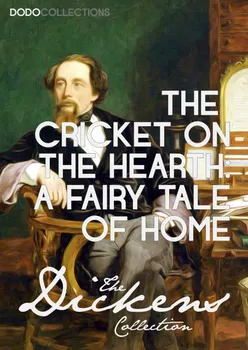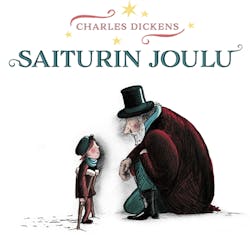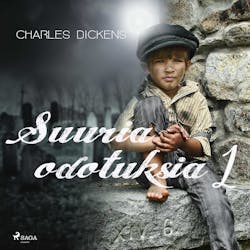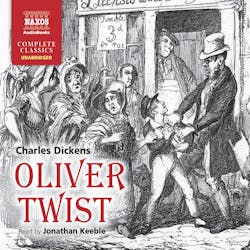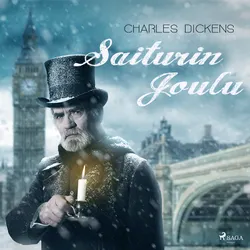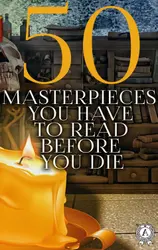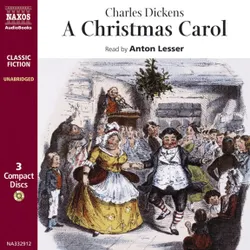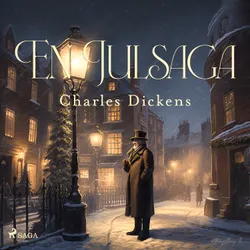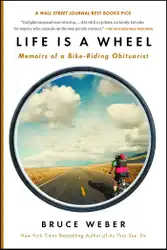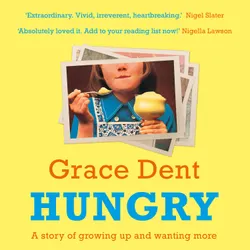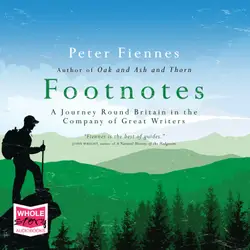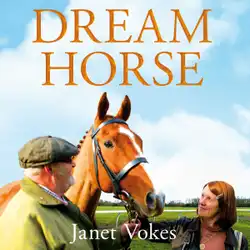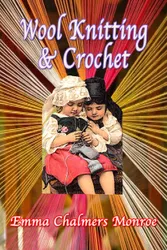Dodo Collections brings you another classic from Charles Dickens, ‘The Cricket on the Hearth: A Fairy Tale of Home.’
Dickens gave his first formal expression to his Christmas thoughts in his series of small books, the first of which was the famous "Christmas Carol." There followed four others: "The Chimes," "The Cricket on the Hearth," "The Battle of Life," and "The Haunted Man." The five are known today as the "Christmas Books." Of them all the "Carol" is the best known and loved, and "The Cricket on the Hearth," although third in the series, is perhaps next in popularity, and is especially familiar to Americans through Joseph Jefferson's characterisation of Caleb Plummer.
The title creature is a sort of barometer of life at the home of John Peerybingle and his much younger wife Dot. When things go well, the cricket on the hearth chirps; it is silent when there is sorrow. Tackleton, a jealous old man, poisons John's mind about Dot, but the cricket through its supernatural powers restores John's confidence and all ends happily.
Charles Dickens was an English writer and social critic. He created some of the world's best-known fictional characters and is regarded as the greatest novelist of the Victorian era. His works enjoyed unprecedented popularity during his lifetime, and by the twentieth century critics and scholars had recognised him as a literary genius. His novels and short stories enjoy lasting popularity.
Born in Portsmouth, Dickens left school to work in a factory when his father was incarcerated in a debtors' prison. Despite his lack of formal education, he edited a weekly journal for 20 years, wrote 15 novels, five novellas, hundreds of short stories and non-fiction articles, lectured and performed extensively, was an indefatigable letter writer, and campaigned vigorously for children's rights, education, and other social reforms.
A prolific 19th Century author of short stories, plays, novellas, novels, fiction and non-fiction; during his lifetime Dickens became known the world over for his remarkable characters, his mastery of prose in the telling of their lives, and his depictions of the social classes, morals and values of his times. Some considered him the spokesman for the poor, for he definitely brought much awareness to their plight, the downtrodden and the have-nots. He had his share of critics, like Virginia Woolf and Henry James, but also many admirers, even into the 21st Century.
